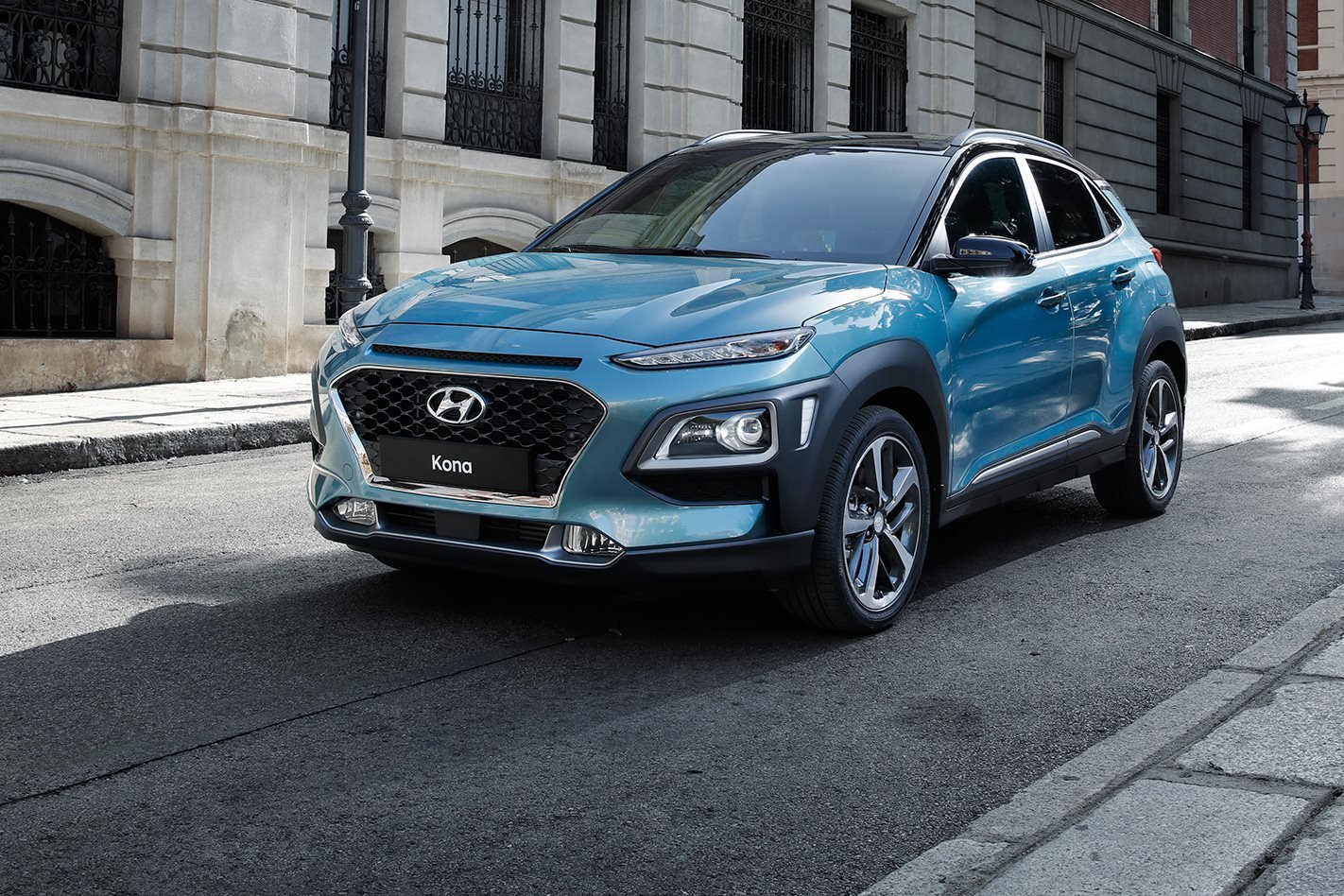THE Hyundai Kona is Korea’s fashionably late first strike on the global compact SUV segment, and looks set to land an ultra-competitive blow to the status quo in Australia when it arrives in September.
Revealed in Seoul, South Korea, Kona is the latest roll of the dice by a brand now occupying the top spot on more local buyers’ shopping lists following its calculated push towards a more upmarket look and feel.
Kona’s eye-catching design will feature on a three-tiered line-up in Australia, with a comprehensive equipment list and an expected low-$20K entry-level price to put it toe-to-toe against the popular Mazda CX-3, and further challenge the Toyota C-HR, Honda HR-V, Mitsubishi ASX and Subaru XV as they vie for market position.
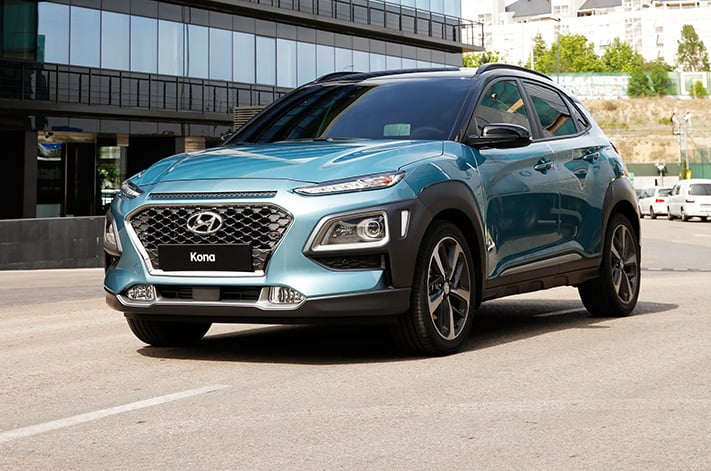
Two petrol engine options span the three Kona variants – Active, Elite and Highlander – in Oz, starting with a 2.0-litre ‘MPI’ atmo four-cylinder front-driver borrowed from the Elantra and pushing 110kW and 179Nm though a six-speed auto in the base model. That’s followed by a 1.6-litre ‘GDI’ turbo four-cylinder, shared with the Tucson, with 130kW and 265Nm powering a standard all-wheel-drive system through Hyundai’s own seven-speed dual-clutch transmission in mid- and high-spec Kona variants. Acceleration claims, 0-100km/h, are 10.0 and 7.7 seconds respectively.
Three-cylinder petrol and four-cylinder diesel engines on offer to Europe and other markets will not be sold in Australia at launch. Working against the diesel is its low uptake in the compact SUV class; Mazda’s oil-burning CX-3 only accounts for three percent of sales of the popular soft-roader.
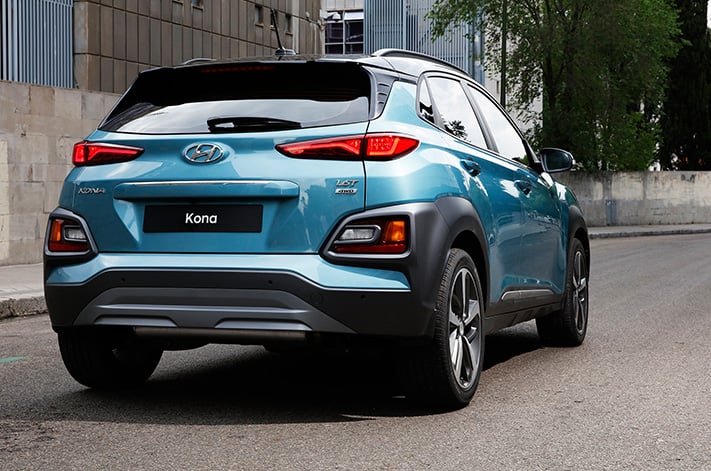
“Extensive research clinics on Kona in Australia have been very encouraging,” said Grant. “Kona is a vehicle that manages to be distinctive to look at, inside and out, but not so challenging that it turns people away.”
At 4165mm long, Kona is 110mm shorter than the Mazda CX-3, though Kona is 35mm wider and has a wheelbase that’s 30mm longer. That should mean more interior space with Kona’s wheels pushed further out to the corners.
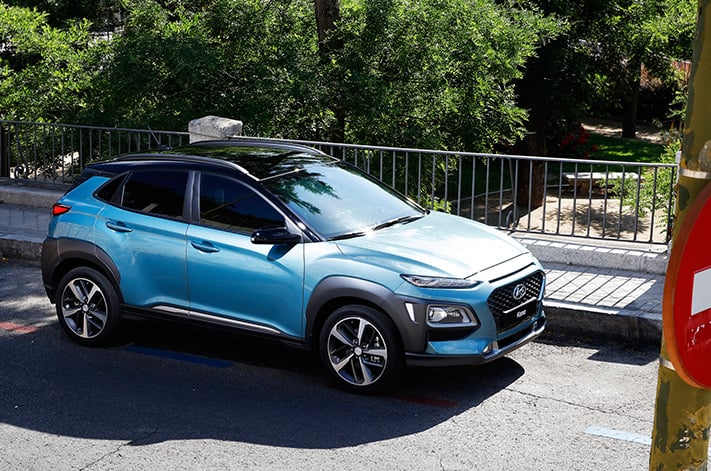
“The rear layout of the platform is also optimised to save space, with suspension, fuel and exhaust components carefully packaged to maximise rear occupant room,” Hyundai said.
An adaptation of the second-gen PD i30’s platform sits beneath Kona. A torsion beam rear suspension is used for the sole 2WD variant, whereas AWD models get a multi-link setup. Australia will carry out local suspension tuning for all Kona versions, and there’s potential for a Kona SR model down the track with the i30 SR’s 150kW engine. Look further forward and an even more powerful Kona N model with as much as 200kW isn’t out of the question.
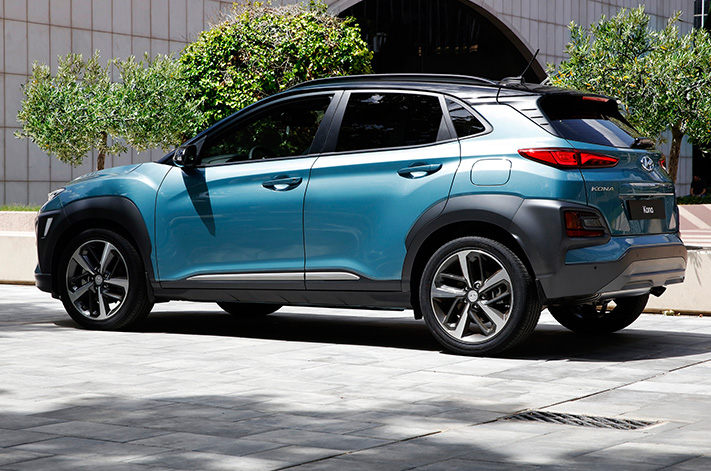
Hyundai claims to be the only car manufacturer to make its own steel for vehicle production globally. More than half of the Kona body frame is made from an advanced, hot-stamped high-strength steel to deliver what Hyundai describes as class-leading levels of passive safety.
Australian retail pricing for Kona models is listed below, though Hyundai will run driveaway deals from launch starting at $27,000 for the Active 2.0.
Engine | u00a0 | Active | u00a0 | Elite | Highlander |
2.0 MPi Petrol | u00a0 | $24,500 | u00a0 | $28,500 | $33,000 |
1.6 T-GDi Petrol | u00a0 | $28,000 | u00a0 | $32,000 | $36,000 |

